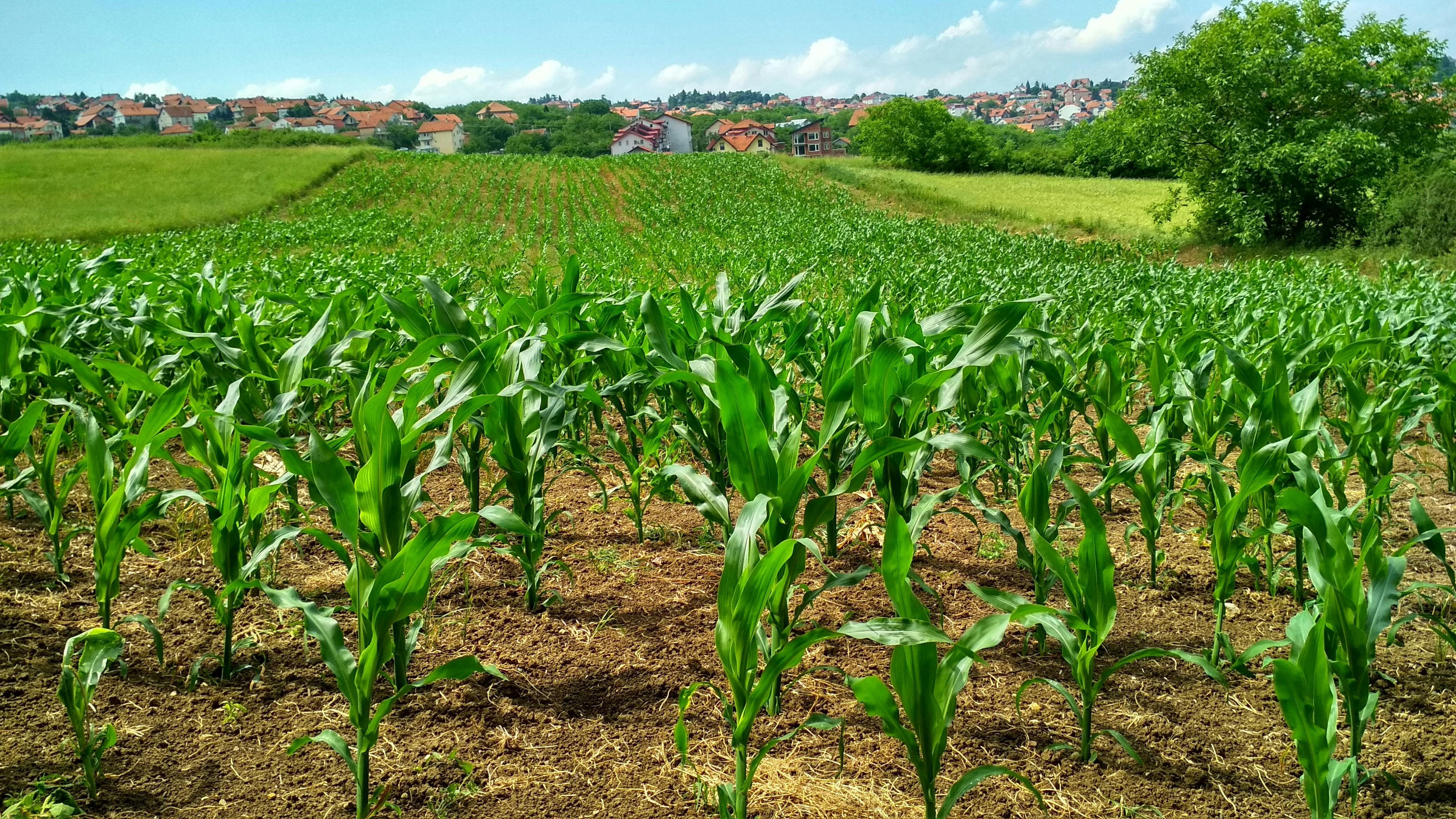Sustainable Crop Rotation Techniques for Improved Soil Health

Introduction
Crop rotation is one of the oldest and most effective agricultural practices, dating back thousands of years. By systematically changing the crops planted in a specific area over seasons or years, farmers can break pest cycles, enhance soil structure, and maintain fertility naturally.
This article explores modern approaches to crop rotation with a focus on sustainability and soil health improvement.
Benefits of Strategic Crop Rotation
Implementing a well-designed crop rotation system offers numerous benefits:
1. Disrupts Pest and Disease Cycles: Different crops attract different pests. By rotating crops, you prevent the buildup of crop-specific pests and pathogens in the soil.
2. Improves Soil Structure: Different plant root systems interact with soil in various ways. Deep-rooted crops can break up compacted soil layers, while fibrous-rooted crops can enhance topsoil structure.
3. Enhances Soil Fertility: Legumes fix atmospheric nitrogen, enriching the soil naturally. Following nitrogen-demanding crops with legumes helps maintain soil fertility with less synthetic fertilizer.
4. Reduces Erosion Risk: Maintaining year-round soil coverage with appropriate rotation crops significantly decreases erosion from wind and water.
5. Diversifies Farm Income: Growing multiple crops through rotation provides income diversification and financial resilience against market fluctuations or crop failures.
Essential Elements of a Sustainable Rotation Plan
#
1. Include Diversity in Plant Families
An effective rotation involves crops from different botanical families. For example:
- Solanaceae: Tomatoes, potatoes, peppers
- Brassicaceae: Cabbage, broccoli, radishes- Fabaceae: Beans, peas, clover
- Poaceae: Corn, wheat, oats- Asteraceae: Sunflower, lettuce, artichoke
By avoiding planting crops from the same family in succession, you prevent family-specific pests and diseases from becoming established.
#
2. Balance Nutrient Demands
Organize your rotation to balance crop nutrient demands:
- Heavy Feeders: Corn, tomatoes, cabbage
- Moderate Feeders: Carrots, cucumbers, squash- Light Feeders: Beans, peas, herbs
- Soil Builders: Cover crops, green manuresA typical balanced sequence might be: heavy feeder → light feeder → soil builder → moderate feeder.
#
3. Incorporate Cover Crops Strategically
Cover crops are grown primarily to benefit the soil rather than for harvest. They play crucial roles in a sustainable rotation:
- Winter Cover: Cereal rye, winter wheat
- Nitrogen Fixation: Crimson clover, hairy vetch- Biofumigation: Mustard crops
- Soil Structure Improvement: Tillage radish, oatsTiming the termination of cover crops is critical to maximize benefits without interfering with cash crop planting.
Advanced Rotation Strategies
#
Multispecies Cover Cropping
Rather than planting a single cover crop species, many farmers now use diverse mixtures containing:
- Grasses for organic matter and erosion control
- Legumes for nitrogen fixation- Brassicas for weed suppression and deep tillage
- Broadleaves for diverse root architectureThese mixes provide multiple benefits simultaneously and create diverse habitats for beneficial soil organisms.
#
Relay Cropping
Relay cropping involves planting a second crop into a standing crop before harvest. This extends the growing season and increases yearly biomass production. For example:
- Seeding winter wheat into standing soybeans
- Planting clover into standing corn- Establishing winter peas into summer vegetables
This approach requires careful timing and sometimes specialized equipment but can significantly enhance rotation benefits.
Customizing Rotations for Different Farm Systems
#
Market Gardens and Small Farms
For intensive production on smaller acreage:
- Use shorter 3-4 year rotations
- Divide fields into multiple blocks- Consider season extension in rotation planning
- Integrate quick-growing crops between main crops#
Row Crop Operations
For larger-scale grain and field crop operations:
- Design longer 5-7 year rotations
- Incorporate multi-year perennial phases- Plan equipment needs across rotation crops
- Consider market contracts when selecting rotation crops#
Livestock Integration
Rotation planning changes when livestock are part of the farm system:
- Include grazing-friendly phases (e.g., perennial pasture)
- Plan for forage production needs- Account for manure applications in nutrient budgeting
- Consider silage or haylage crops in the sequenceMonitoring and Adjusting Rotations
Successful crop rotation requires ongoing observation and adaptation:
- Soil Testing: Regular testing reveals trends in organic matter, nutrient levels, and pH
- Weed Monitoring: Changes in weed pressure or species indicate rotation effects- Yield Documentation: Track yields to identify crop sequences that perform best
- Weather Adaptation: Adjust plans based on seasonal conditions and climate trendsConclusion
Strategic crop rotation is not merely an ancient practice but a sophisticated modern tool for sustainable agriculture. By carefully designing rotations that balance plant families, nutrient demands, and soil-building phases, farmers can reduce external inputs, improve resilience to weather extremes, and maintain or enhance productivity over time.
The most effective rotation plans are not static but evolve as farmers observe outcomes, incorporate new knowledge, and adapt to changing environmental and market conditions.

Emily is an agricultural scientist specializing in sustainable farming practices with over 10 years of experience in both research and practical farm management.


